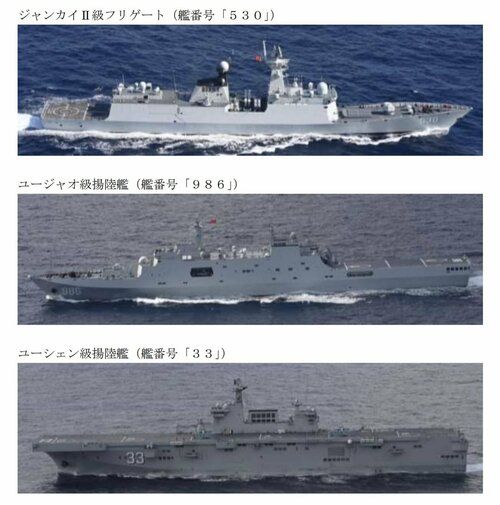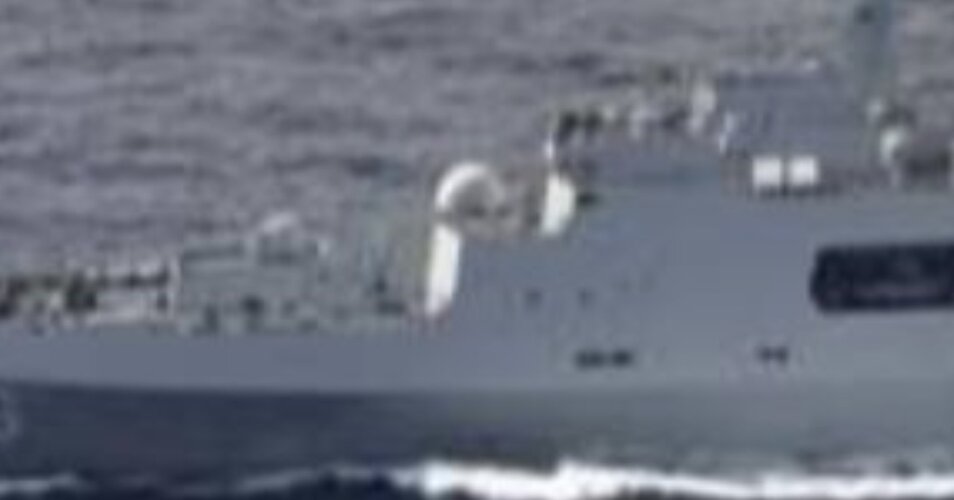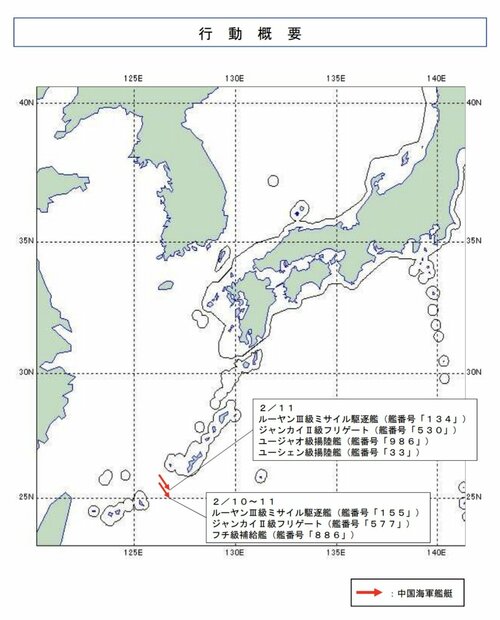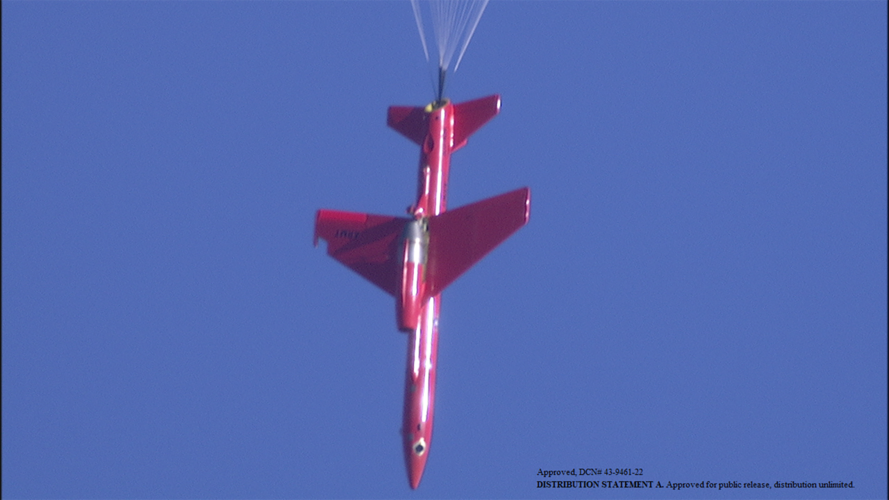It turns out that sound waves can direct electricity as well:
View: https://www.youtube.com/watch?v=O2-vrixoiHE
Electric sparks are used for welding, powering electronics, killing germs or for igniting the fuel in some car engines. Despite their usefulness, they are hard to control in open space—they split into chaotic branches that tend to go toward the closest metallic objects.

phys.org
Previously, sparks could only be guided with laser induced discharges colloquially called "electrolasers," which required the use of dangerous lasers, as well as precise timing between the laser and the electric discharge. The developed method uses ultrasound rather than lasers, and it is safe for the eyes and skin. The equipment is compact, affordable and can be operated continuously.
For firefighting?
Researchers have developed a new portable tool that could improve how firefighters douse fires, making the process more efficient and far less risky.

techxplore.com
That's cool. The paper on this at
https://www.science.org/doi/10.1126/sciadv.adp0686 explains:
The air in the vicinity of the plasma streamer is heated up, which is the result of collisions between the charged particles accelerated by an electric field and other neutral air molecules (
22). The heated air has a different acoustic impedance than the surrounding air since they have different temperatures and, thus, densities and traveling speed of sound. This leads to the appearance of an acoustic radiation force that pushes the hot air into the antinodes. This phenomenon has been reported between different gasses, where the gas with less acoustic impedance gets trapped in the antinodes of a standing wave (
23)...
In summary, the electric spark heats up the air; this heated air expands, thus decreasing in density; the heated lower-density air is shaped by the ultrasonic field that pushes it to the high-amplitude regions; and the region of lower-density air is a preferred discharge path. This is in line with laser-guided discharge (
20), but the heated lower-density region of air is created by the spark itself and shaped by the ultrasonic field...
The electric spark used in the experiments is an alternating current of 2.3 MHz with a square amplitude modulation ranging from 50 to 4000 Hz (figs. S10 and S11). The ultrasonic field had an effect on a dc spark, but it was not capable of guiding it. We tested a spark with a gap of 2 cm at 60 kV (see fig. S12); other dc sparks with smaller gaps using 4 kV (EMCO cube) or 11 kV (High Voltage, Dekaim) could not be guided either. We think that this is due to the ionic wind (
25) created between the pair of electrodes. We consider this a limitation, yet the applications described throughout this paper operate with ac sparks...
With ultrasound, we have guided ac rather than dc as is the case in laser-guided discharges. ac has the advantage of not requiring a pair of electrodes between the discharge or having to ground the target; we note however that it can limit some applications related to high-power electronics that only operate with dc.
________________________________________________________________________
The fire fighting vortex launcher is also cool, but it works on a different principle: this device works to suppress flames using the power of conductive aerosols,
small particles that can direct electricity. These aerosols are carried by vortex rings—small donut-shaped bands of air—that transform the particles into short pulses of wind that convert nearby oxygen into ozone. Once released, their accelerated airflow generates rapid turbulence, disrupting the natural combustion process and quickly extinguishing the target fire, said John LaRocco, lead author of the study and a research scientist in psychiatry at The Ohio State University College of Medicine.
The paper they published
https://www.mdpi.com/2227-7080/13/1/10 states: Ionizing the air in short, pulsed electric arcs generates rapid, turbulent airflow. The turbulent airflow generated by electric arcs ionizing the air can act rapidly to extinguish flames [
20]. Expanding the distance of an electric arc can potentially improve the range of the effect...
a high-voltage alternating current has been explored as a potential fire extinguishing system. In particular, applied electricity generates an ionic wind sufficient to effectively extinguish diffusion flames in enclosed locations [
9,
20,
21]. The impedance of the air requires a high voltage to generate a sufficient spark gap. Even with a high-voltage source, the electrodes must be positioned precariously close to the flames [
21], which increases the danger to the firefighter, as well as negating the potential advantages of the new tool [
9]. Extending the range of the electric arc can provide the advantages of current firefighting methods, as well as any benefits of a newer method...
As a vortex ring can carry conductive substances, it could potentially extend the range of an electric arc and, with it, the fire-extinguishing properties of the ionic wind. Thus, the combination of both a vortex ring and an ionic wind could potentially enhance the firefighting advantages of both techniques. A vortex ring generator with aerosolized conductive materials can extend the range of an electrical arc while acting as a fire extinguishing modality.
_______________________________________________________________________
Could the conductive aerosol vortex ring be combined with the sound wave guiding used to guide the spark produced plasmas? Perhaps, if the electricity produced by the conductive aerosols in order to convert oxygen into ozone also heats the air containing the aerosols reducing the density of the air containing the aerosols, then the sound wave should push those lower density regions toward the high-amplitude regions of the acoustic field. The paper on the conductive aerosol vortex ring mentioned "a high-voltage alternating current" and stated that the experimental setup they used "operated at 300 Hz with a 40% duty cycle" so it sounds like they are using AC electricity as required for the sound guiding effect to work.
It sounds like an interesting and possibly fruitful research topic.
Note, however, the sentences in the paper on the firefighting device: "In particular, applied electricity generates an ionic wind sufficient to effectively extinguish diffusion flames in enclosed locations...As a vortex ring can carry conductive substances, it could potentially extend the range of an electric arc and, with it, the fire-extinguishing properties of the ionic wind. Thus, the combination of both a vortex ring and an ionic wind could potentially enhance the firefighting advantages of both techniques." and the sentence in the paper on the sound guiding of sparks: "The ultrasonic field had an effect on a dc spark, but it was not capable of guiding it...We think that this is due to the ionic wind (
25) created between the pair of electrodes." If the firefighting device depends on generating an ionic wind and the ionic wind precludes sonic guiding, then the two techniques may be very difficult to combine.

 www.defensedaily.com
www.defensedaily.com
























